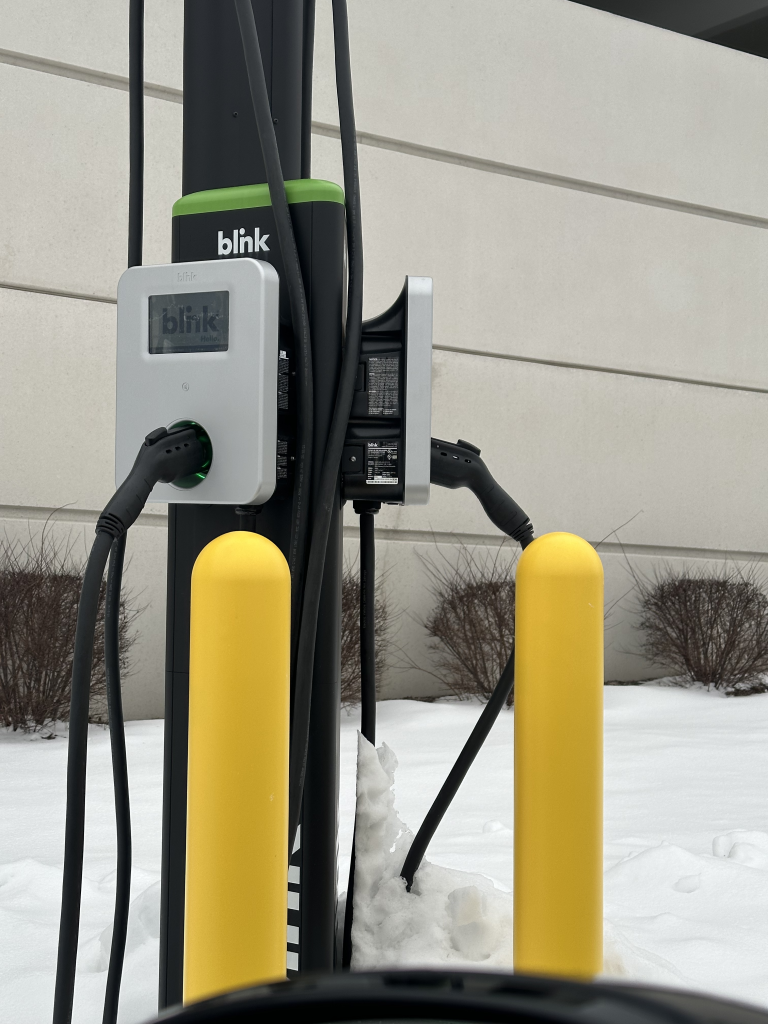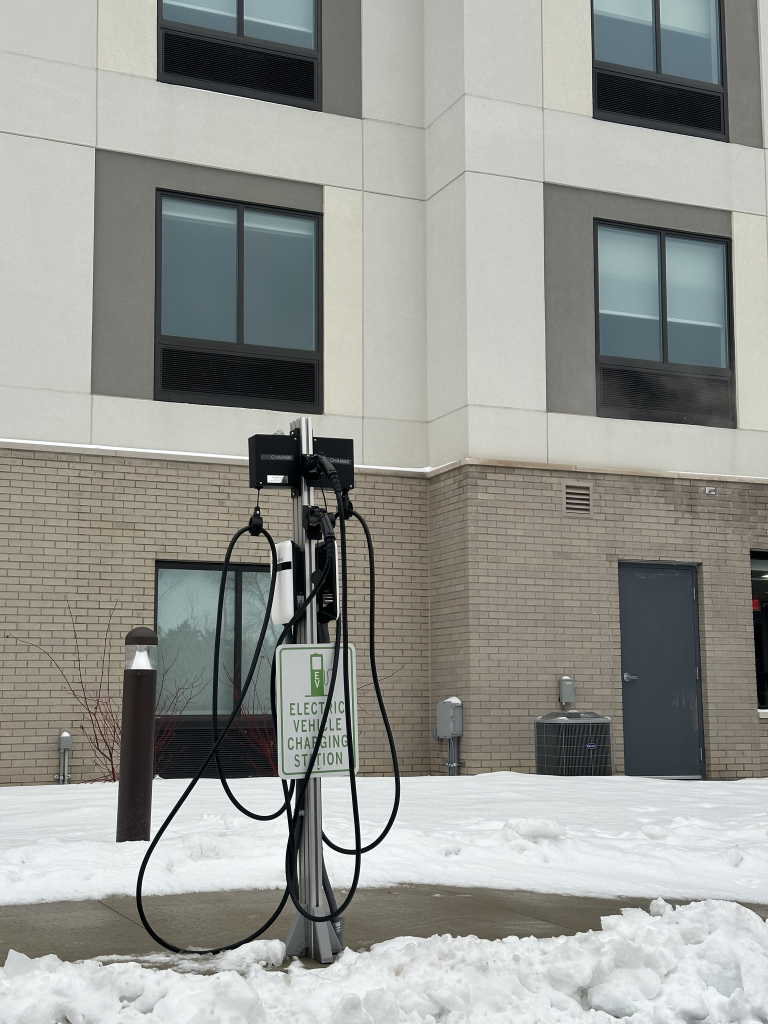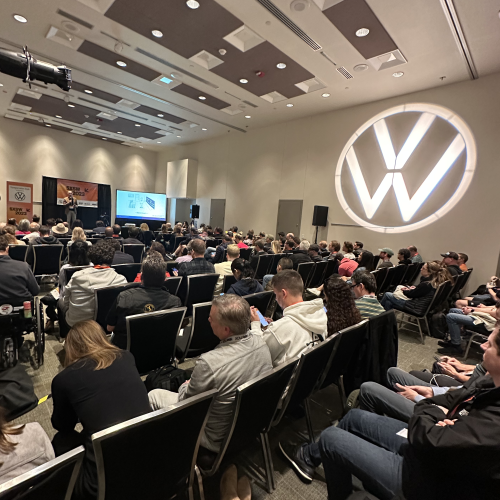Over one million EVs were sold in the US last year. As winter blankets the nation in icy temperatures, electric cars find themselves in the spotlight (and not in a good way), with frigid conditions impacting their performance and leaving many owners complaining on social media. The recent headlines are buzzing with tales of EVs grappling with reduced range and inoperable charging stations, sparking a heated debate about the need for more hybrid options to meet the government’s ambitious 2035 mandate.
The Winter Woes: EV Range Blues
Electric vehicle enthusiasts, while embracing the eco-friendly aspects of their rides, are facing the chilly reality that cold weather takes a toll on their EVs. As temperatures plunge, so does the range of these eco-friendly vehicles, prompting disgruntled owners to share their experiences online. Reports abound of EVs losing significant mileage in sub-freezing temperatures, long waiting times, altercations at charging stations and some users abandoning their EVs altogether.
Chilling Station Woes: Frozen Charging Stations
The infrastructure supporting electric vehicles is not immune to winter’s icy grip. Inoperable charging stations have become a shared woe among EV owners as sub-zero temperatures render some charging points unusable. Social media platforms are abuzz with frustration as users express their struggles to find operational charging stations, highlighting the need for a more robust and cold-resistant charging infrastructure.
[MUST READ: Why Is No One Discussing How Charging Deserts Are Affecting Communities of Color? #EVCulture]
Government Mandate and the Call for Hybrids: A Necessary Step?
With the government’s 2035 mandate looming on the horizon, discussions about the feasibility of an all-electric future are gaining momentum. Many EV advocates argue that a broader range of hybrid vehicle options is essential to encourage widespread adoption. The recent challenges brought about by winter weather underscore the importance of having alternatives that can seamlessly transition between electric and traditional fuel sources, providing a safety net for users in extreme conditions.
The recent headlines surrounding electric vehicles and winter weather highlight the need for continued innovation and adaptation within the EV industry. While electric cars offer a sustainable and eco-friendly future, addressing the challenges posed by cold weather is crucial. As we navigate this chilly terrain, it’s clear that a diversified approach, incorporating hybrid options, may be the key to fulfilling the government’s vision of an all-electric future by 2035. As technology advances, let’s hope that the next winter brings warmer news for our electric vehicles.





